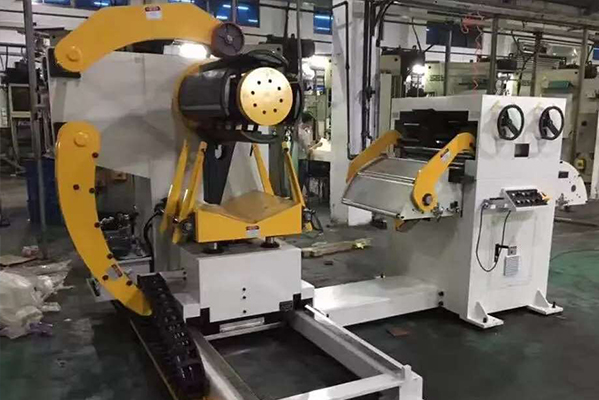Navigation Menu
Contact Us
- Email:
- info@wxavatar.com
- Address:
- Yurong Village, Yuqi Street, Huishan District, Wuxi, China.
Release Date:Apr 21, 2025 Visit:57 Source:Roll Forming Machine Factory
Trusses are fundamental structural components used in various construction projects, from bridges and roofs to towers and industrial buildings. Their strength lies in several key design and material characteristics that work together to create efficient load-bearing structures.

Efficient Geometric Design
The triangular shape forms the basic unit of most truss designs. This geometric configuration provides inherent stability because triangles distribute forces evenly along their members. When external forces are applied, the triangular arrangement converts these forces into either tension or compression along the straight members rather than creating bending stresses. This efficient force distribution allows trusses to span considerable distances while maintaining structural integrity.
Material Optimization
Trusses achieve strength through strategic material placement rather than relying solely on bulk. The open web design uses less material than solid beams of comparable strength, concentrating materials only where they're needed most. Individual members can be precisely sized according to the specific loads they'll bear - some designed primarily for tension forces, others optimized for compression. This targeted use of materials contributes to the overall strength-to-weight ratio.
Load Distribution Mechanism
The interconnected members of a truss create multiple load paths for forces to travel. When a load is applied at any point, the truss design spreads this force throughout its network of members rather than concentrating stress in one area. This redundancy means that even if one member were compromised, adjacent members can often compensate temporarily, though proper maintenance remains important for long-term safety.
Joint Connection Methods
The strength of a truss depends significantly on how its members are joined. Modern connection techniques, including gusset plates, bolted joints, and welded connections, ensure forces transfer effectively between members. These connections are engineered to maintain structural integrity while allowing for some flexibility, which helps the truss adapt to various loading conditions without failing.
Engineering Precision
Professional engineering analysis determines the optimal configuration of members based on anticipated loads. Calculations account for dead loads (the weight of the structure itself), live loads (temporary weights like snow or people), and environmental factors like wind. This precise engineering ensures each component works harmoniously within the system to produce a strong, reliable structure.
The combination of these factors - geometric efficiency, material optimization, effective load distribution, robust connections, and engineering precision - gives trusses their notable strength characteristics while using materials economically. This makes them a preferred choice for many structural applications where both performance and efficiency are important considerations.